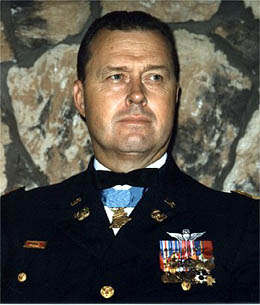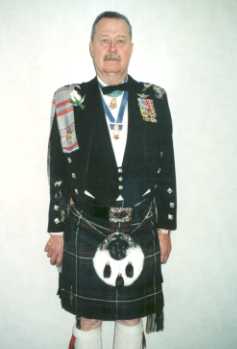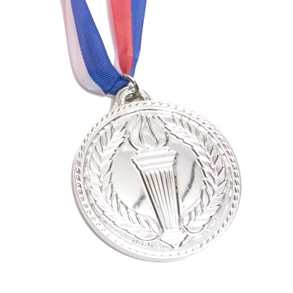| Frederick Edgar Ferguson (born August 18, 1939) is a former United States Army warrant officer and a recipient of the United States military's highest decoration, the Medal of Honor, or his actions in the Vietnam War. He was the first Army aviator to receive the Medal of Honor in Vietnam. Frederick E. Ferguson was born on August 18, 1939, in Pilot Point, Texas. He attended Phoenix Union High School in Phoenix, Arizona. Ferguson joined the Navy after he graduated from high school in 1958, and served for four years as an aviation storekeeper.
He applied to the Army's Warrant Officer Program, and was appointed to the rank of Warrant Officer in 1966. Ferguson completed Army Aviation School in 1967 and was immediately deployed to Vietnam as an aircraft commander and Section Leader of  Company C, 227th Aviation Battalion, First Cavalry Division, Airmobile. Company C, 227th Aviation Battalion, First Cavalry Division, Airmobile.
On January 31, 1968, Ferguson commanded a Bell UH-1 supply helicopter near the city of Hue, during the Tet Offensive. He heard a distress call from the wounded crew of a helicopter which had been shot down over the enemy-controlled section of the city. Ferguson ignored warnings to stay away from the area because of heavy anti-aircraft fire, and flew along the Perfume River toward the survivors at a low altitude and maximum speed.
He stayed on course despite heavy fire from enemy occupied buildings and boats and landed in a confined area near the survivors despite limited visibility. The helicopter was severely damaged by exploding mortar fragments while the wounded soldiers were loaded, but Ferguson ignored the damage and pushed the helicopter back through the heavy enemy fire along the river to safety. His actions successfully saved the lives of the five survivors and rescued them from a hostile area. Ferguson was awarded the Congressional Medal of Honor, which was presented to him on May 17, 1969, by President Richard Nixon at the White House.
In July 1969, after completing the Armor Officer Basic and Advanced Courses, Ferguson was promoted to Captain. He remained on active duty and served as Commanding Officer of an armor company from 1970 to 1971. In 1972, Ferguson entered the Arizona Army National Guard. He was promoted to Major in 1975 and assigned to command the 997th Aviation Company of assault helicopters. He became Executive Officer of the 997th Aviation Battalion in 1978 and served in that capacity until 1982. Ferguson then served as a Technician Instructor Pilot with the Guard until 1997. Ferguson was promoted to Captain. He remained on active duty and served as Commanding Officer of an armor company from 1970 to 1971. In 1972, Ferguson entered the Arizona Army National Guard. He was promoted to Major in 1975 and assigned to command the 997th Aviation Company of assault helicopters. He became Executive Officer of the 997th Aviation Battalion in 1978 and served in that capacity until 1982. Ferguson then served as a Technician Instructor Pilot with the Guard until 1997.
In his civilian life, Ferguson has held various positions and involves himself in numerous organizations. From July 1972 to July 1979, he was sales manager and then vice president of Arizona Janitor Supply. Ferguson then worked as a benefits counselor at the Phoenix office of the Veterans Administration from 1979 to 1984.
In 1998 he piloted air ambulances for Omni Flight Helicopters, supplementing the services of the Native American Air Ambulance of Arizona. Beginning in 1999, Ferguson has worked at the Arizona Department of Veterans Services, and became Deputy Director of the department in 2000. He is a member of several organizations for veterans and for pilots, including his role as a councilor for the Scottish-American Military Society. Frederick Ferguson is married with two children.
|
|
Chief Warrant Officer Ferguson's official Medal of Honor citation reads:
For conspicuous gallantry and intrepidity in action at the risk of his life above and beyond the call of duty. CWO Ferguson, U.S. Army distinguished himself while serving with Company C. CWO Ferguson, commander of a resupply helicopter monitoring an emergency call from wounded passengers and crewmen of a downed helicopter under heavy attack within the enemy controlled city of Hue, unhesitatingly volunteered to attempt evacuation. Despite warnings from all aircraft to stay clear of the area due to heavy antiaircraft fire, CWO Ferguson began a low-level flight at maximum airspeed along the Perfume River toward the tiny, isolated South Vietnamese Army compound in which the crash survivors had taken refuge. Coolly and skillfully maintaining his course in the face of intense, short range fire from enemy occupied buildings and boats, he displayed superior flying skill and tenacity of purpose by landing his aircraft in an extremely confined area in a blinding dust cloud under heavy mortar and small-arms fire. Although the helicopter was severely damaged by mortar fragments during the loading of the wounded, CWO Ferguson disregarded the damage and, taking off through the continuing hail of mortar fire, he flew his crippled aircraft on the return route through the rain of fire that he had experienced earlier and safely returned his wounded passengers to friendly control. CWO Ferguson's extraordinary determination saved the lives of 5 of his comrades. His actions are in the highest traditions of the military service and reflect great credit on himself and the U.S. Army.
|


![]()









![]()
![]()
![]()
![]()
![]()
![]()
![]()
![]()
![]()
![]()
![]()
![]()
![]()
![]()
![]()


